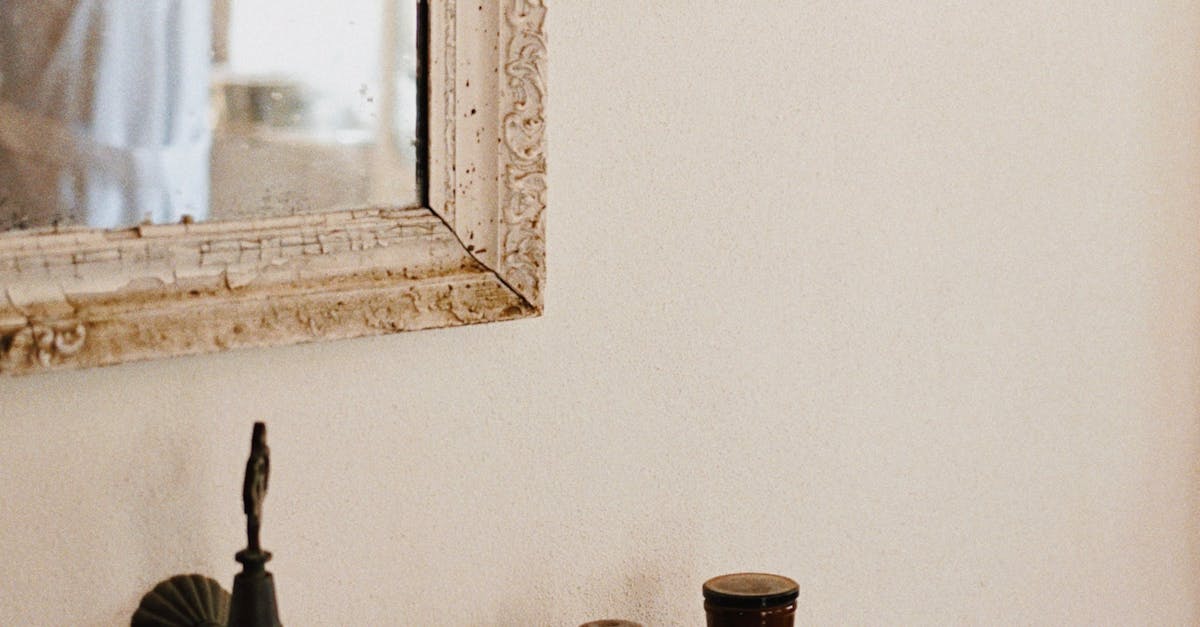
Table Of Contents
Demolition
Demolition is often the first step in the process of bathroom remodeling. It involves the removal of old tiles, fixtures, and fittings to make way for the new elements that will breathe fresh life into the space. The demolition phase can be a messy but necessary task that sets the stage for the rest of the renovation project.
Removing old tiles, fixtures, and fittings requires careful precision and attention to detail. It is essential to handle this phase with care to avoid causing unnecessary damage to the existing structure of the bathroom. By clearing out the old elements, the space can be transformed into a blank canvas ready to be revitalised with modern features and aesthetics. The demolition phase of bathroom remodeling lays the groundwork for a successful renovation project that will result in a beautifully updated and functional space.
Removing old tiles, fixtures, and fittings
When tackling the essential step of removing old tiles, fixtures, and fittings during a bathroom remodeling project, precision and care are paramount. Commencing this phase requires adequate preparation and the right tools to ensure a smooth transition. The process involves carefully taking out the existing tiles, fixtures, and fittings to make way for the new elements that will transform the space.
Old tiles, fixtures, and fittings not only serve a functional purpose but also contribute to the aesthetic of the bathroom. To successfully update and revitalise the space, it is crucial to handle the removal process with attentiveness. By systematically dismantling and removing the old elements, you pave the way for the refreshed look and functionality that is at the core of any bathroom remodeling endeavour.
Installation of New Fixtures
When considering bathroom remodeling, the installation of new fixtures is a crucial step in transforming the space. Upgrading sinks, toilets, showers, and bathtubs not only enhances the aesthetic appeal of the bathroom but also improves functionality. Selecting fixtures that suit the design aesthetic and meet the needs of the household is essential for a successful renovation project.
When installing new fixtures during bathroom remodeling, it is important to ensure that the plumbing and electrical connections are properly aligned. Hiring a professional plumber or electrician may be necessary to guarantee that the installation is done correctly and up to code. Additionally, carefully measuring and positioning the new fixtures is vital to ensure a cohesive and well-organised layout in the renovated bathroom.
Installing new sinks, toilets, showers, and bathtubs
When undertaking a bathroom remodeling project, one of the crucial stages is the installation of new sinks, toilets, showers, and bathtubs. These fixtures play a pivotal role in both the functionality and aesthetics of the bathroom space. Proper installation ensures that these essential elements not only work efficiently but also contribute to the overall design scheme of the room.
Before diving into the installation process, careful planning is essential to ensure that the chosen fixtures align with the bathroom layout and meet the functional requirements of the household. From selecting the right style and size to considering water efficiency and maintenance needs, each decision impacts the outcome of the bathroom remodeling project. By paying attention to detail and engaging in thoughtful selection, the installation of sinks, toilets, showers, and bathtubs can transform a standard bathroom into a luxurious and functional space.
Tiling
When it comes to bathroom remodeling, one of the crucial stages is tiling. This step involves carefully laying tiles on the floors, walls, and backsplashes to enhance the visual appeal and functionality of the space. Choosing the right tiles can make a significant difference in the overall look of the bathroom, whether you opt for sleek, modern tiles or classic, timeless ones.
Tiling not only adds aesthetic value but also plays a crucial role in ensuring the durability and longevity of the bathroom. Properly laid tiles can withstand moisture and daily wear and tear, making them a practical choice for a high-traffic area like the bathroom. Whether you decide to go for a bold statement tile or a more subtle design, tiling is a key aspect of bathroom remodeling that should not be overlooked.
Laying tiles on floors, walls, and backsplashes
Laying tiles on floors, walls, and backsplashes is a crucial step in any bathroom remodeling project. Tiles not only add aesthetic appeal to the space but also provide durability and protection against moisture. Before starting the tiling process, ensure that the surface is clean, flat, and properly waterproofed to prevent any issues in the future.
When selecting tiles for your bathroom, consider factors such as size, colour, and texture to create the desired look. Larger tiles can make a small bathroom appear more spacious, while mosaic tiles can add a decorative element to the space. Whether you choose ceramic, porcelain, or natural stone tiles, proper installation is key to ensuring longevity and functionality. Hire a professional tiler or do thorough research if opting for a DIY approach to achieve a flawless finish in your bathroom remodeling project.
FAQS
What should be the first step when remodeling a bathroom?
The first step when remodeling a bathroom is typically the demolition phase, where the old tiles, fixtures, and fittings are removed.
How do I remove old tiles, fixtures, and fittings in a bathroom renovation?
To remove old tiles, fixtures, and fittings in a bathroom renovation, you can use tools like crowbars, hammers, and screwdrivers to carefully take them out.
What comes after the demolition phase in a bathroom remodeling project?
After the demolition phase, the next step is usually the installation of new fixtures, such as sinks, toilets, showers, and bathtubs.
How do I go about installing new sinks, toilets, showers, and bathtubs in a bathroom renovation?
Installing new sinks, toilets, showers, and bathtubs in a bathroom renovation involves measuring accurately, following manufacturer instructions, and ensuring proper plumbing connections.
When should tiling be done in the process of remodeling a bathroom?
Tiling is usually done after the installation of new fixtures, with tiles being laid on floors, walls, and backsplashes to complete the bathroom renovation.


